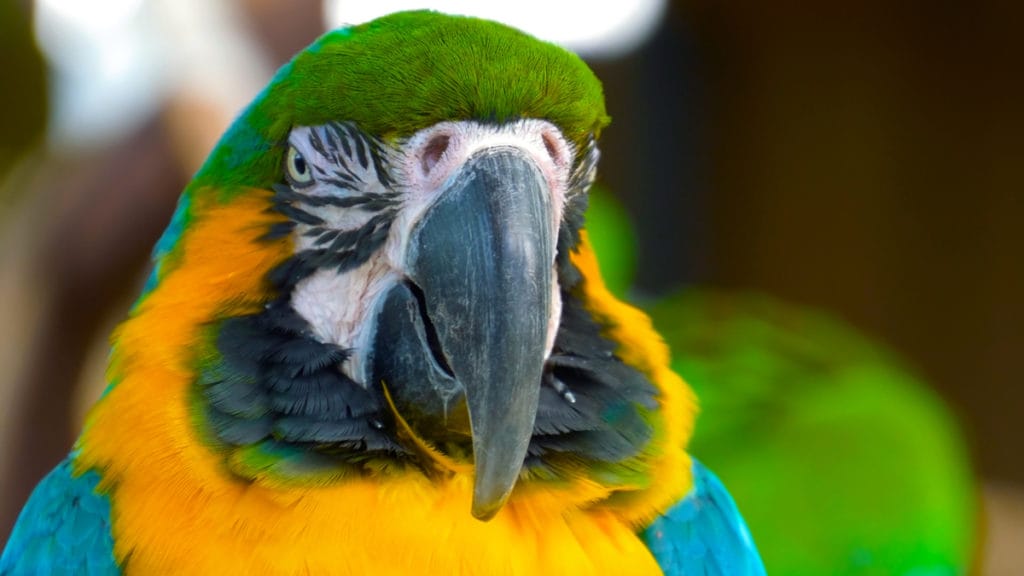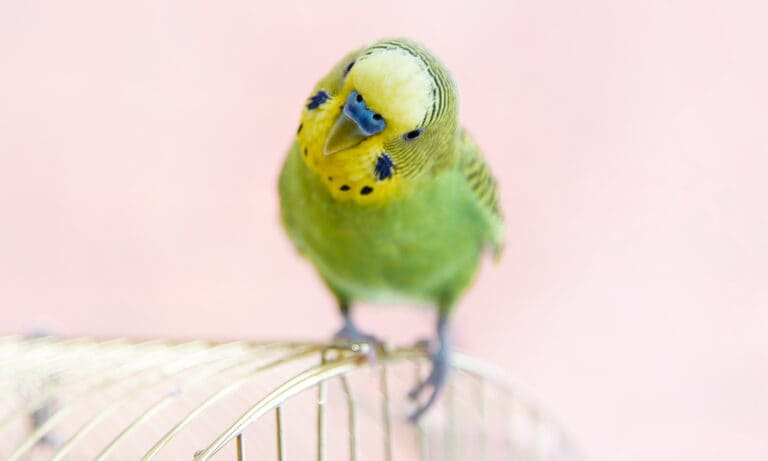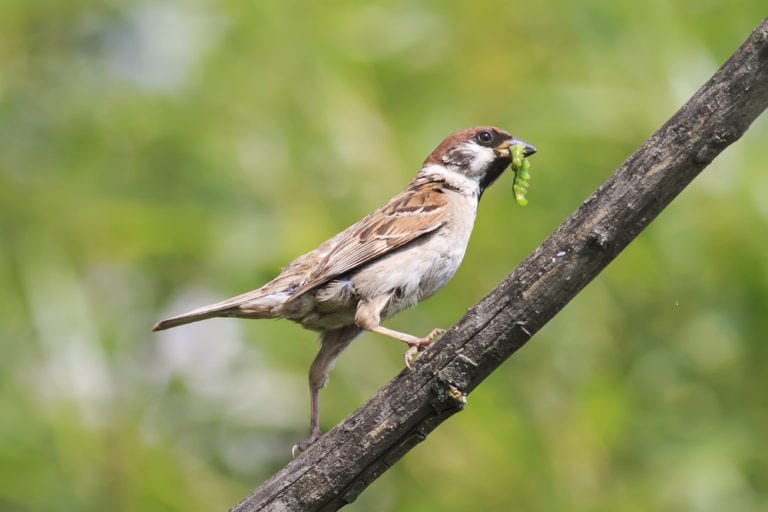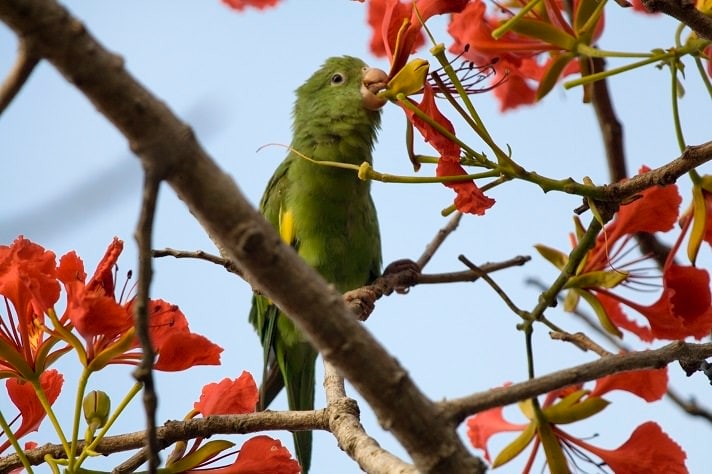A fascinating aspect of a bird’s beak is the anatomy. For starters, it’s worth noting that the beak is technically only the external surface of a bird’s mouth.
“The entire mouth structure of a bird is called the bill,” said Larry Nemetz, DVM, a birds-only veterinarian in Santa Ana, California.
The bill (or rostrum) consists of a bony framework, a vascular layer containing the blood vessels and nerves, a layer of connective tissue, which “glues” the beak to the bones, and the beak (or rhamphotheca), which is the outer sheath covering the jaw bones. The beak is composed of keratin, the same tough, insoluble protein found in fingernails, hoofs, antlers and horns.
A bird’s bill comprises two parts. The upper portion of a bird’s bill is called the maxillary rostrum, which consists of the premaxilla bone (or maxilla) and the maxillary beak (or rhinotheca). The lower portion of the bill is known as the mandibular rostrum and is made up of the mandibular bone (or mandible) and the mandibular beak (or gnathotheca).
The bird’s nostrils (nares) are at the junction between the beak and the head. Many psittacine species, such as budgerigars, have an area of fleshy tissue called the cere, which contains the nares.
Like fingernails, parrot beaks are continually growing.
“The beak grows from the base and underneath the outer layer, and the outer layer is shed as it is being replaced from underneath,” explained Gregory Burkett, DVM, an avian veterinarian in Durham, North Carolina.
It is only the beak that is continually growing, he added, not the bony framework of the bill.
Depending upon the species, a bird’s beak grows from 1 to 3 inches a year. According to Gayle Soucek, a pet trade consultant in Illinois and author of “Doves: A Complete Pet Owner’s Manual” (Barron’s, February 2006), budgie beaks generally grow about 3 inches in a year; canary beaks grow about 11⁄2 inches annually; and most large parrots only grow about 1 to 11⁄4 inches per year. As the beak grows, it is constantly worn down by feeding, grooming, climbing, chewing and rubbing chewing.
“In healthy birds, the growth is usually equal to the amount of wear,” Soucek said, “so the beak should always appear about the same length. Overgrowth almost always signifies some sort of problem.”
Posted by: Chewy Editorial
Featured Image: DimaSid/Shutterstock
More About Beaks
Share:











